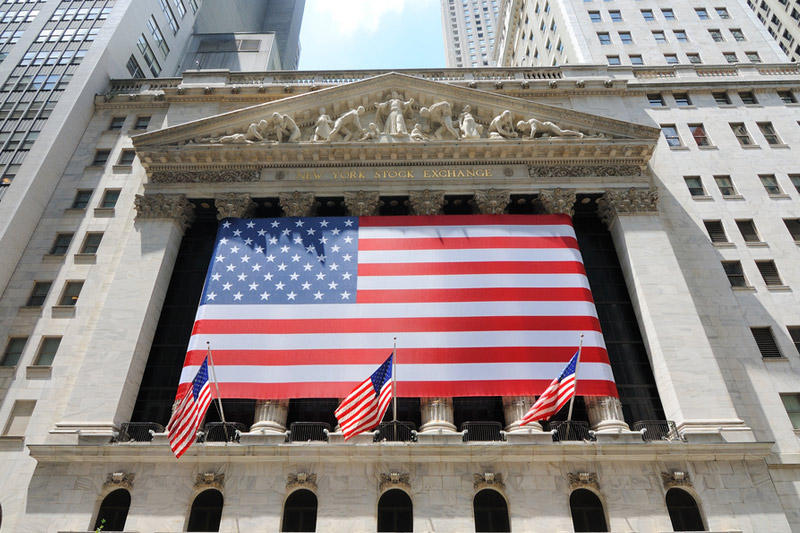By Ryan Vlastelica
NEW YORK (Reuters) - U.S. stock investors, despite finding few areas of the market that appear cheap with indexes near records, appear reluctant to jump into what could be the biggest bargain out there.
By many metrics, bank stocks appear to trade at a discount, and are expected to benefit from broad economic growth and interest rate hikes. Yet caution has prevailed over the group, and that could persist next week if investors continue dumping cyclical names for defensive positions, or if the September payroll report suggests the Federal Reserve could delay the first rate hike.
That first rate increase is expected in the second half of 2015, though the specific timing remains unknown. Higher rates are seen translating to higher net interest margins (NIMs), which have been low for major names. Bank of America, Citigroup and JPMorgan Chase all have NIMs below the industry medium of 3.6 percent.
"The risk for bank stocks is that the low-rate environment could continue," said Leo Grohowski, chief investment officer at BNY Mellon Wealth Management in New York. "We're more constructive than not, but if the Fed stays put for long, then low NIMs turn into a drag rather than suggesting upside."
The outlook for NIMs is a bit clouded, as the first rate hike will be preceded by the end of the Fed's bond-buying program, which is expected to result in a flattening of the yield curve. Banks tend to see higher profits under steeper curves, and a flattening could depress NIMs before the first hike.
Grohowski said that when it came to banks, "my commentary is skewed more positive than our allocation," reflecting a common refrain by analysts, who see value but are hesitant to buy in. "We can just find value elsewhere," Grohowski said.
There is nothing new about the caution over the group, which has been pressured by regulations and falling trading revenue, two factors that are expected to persist and may make it difficult for banks to reach the profits they posted before the crisis. Financial earnings fell 6.6 percent in the second quarter, by far the worst of any S&P sector, though this reflects one-time items like legal settlements and litigation costs.
Analysts see that weakness as an excuse to buy. Steven Rees, global head of equity strategy at JPMorgan Private Bank in New York, noted that large-cap banks had a price-to-tangible-book ratio of about 1.3, "compared to the historical range of about 2.5 to 3, so they're very cheap in that regard." He also said, "there's a potentially significant amount of dividends that could come back into the sector in coming years."
Loan growth has also pointed to improving conditions. Commercial and industrial loans hit $1.748 trillion in August, according to data from the St. Louis Federal Reserve, an all-time record. Loan growth has been accelerating, up 9.1 percent so far this year (until August, the last full month for which data is available), compared with 7.1 percent growth throughout all of 2013.
Financial profits are expected to rise 10 percent in the third quarter, according to Thomson Reuters data, a rate behind only materials and healthcare.
Banks are among the most undervalued names in the S&P 500 based on StarMine's measurement of intrinsic value, which looks at anticipated growth over the next decade. Both Citigroup and Morgan Stanley are 67 percent under their intrinsic values, based on their Thursday closing price, while JPMorgan is 60 percent under.
While the S&P financial index has risen for the past nine quarters, it has underperformed the S&P 500 so far this year, up 6 percent compared with the benchmark index's 6.7 percent rise. Since 2009, the year of the post-crisis bottom, the financial sector has risen 85 percent, well below the S&P's 118 percent advance.
Financials saw mutual fund and hedge fund outflows each month from April to August, with more than $2.5 billion pulled over that period, according to Thomson Reuters Lipper data. While flows have been positive thus far in September, about $287 million has flowed from the group so far this year.
(Editing by Nick Zieminski)
